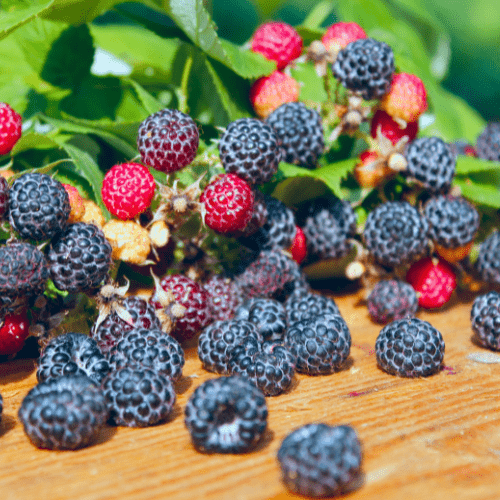Cape Gooseberry Growing Information:
Position
Plant your gooseberries in full sun, if possible. They do tolerate partial shade, but cannot survive in heavy frosts. Shelter your bush from strong winds. This berry is fairly drought-hardy.
Size
A mature bush will grow to a height of about 1.5 metres with a similar spread. So, give your new plants plenty of room to grow.
Soil
Loamy to sandy well-drained soil is optimal for a healthy gooseberry bush. It should be kept moist and have a pH level of between 5.5 and 7.0. Sandy soil mixed with a little organic compost or potting soil is sufficient.
Just Berry Plants stocks volcanic rock dust with its organic minerals and trace elements. These keep your soil healthy and increase important micro-organisms in it.
Mulch
Organic compost and mulch like straw, wood chips, or grass cuttings help to keep the moisture in the soil and the weeds away. Do not put the mulch close to the stems or branches, though, as it may cause them to rot.
Watering
Keep the soil around your bush moist during the growing season. It can tolerate drought but will not fruit during a drought.
Water the soil only and not the leaves, as this encourages pests and diseases.
Pruning
Cut away dead canes in the winter.
Fertilising
It isn’t necessary to fertilise your gooseberry, but if it is struggling then one teaspoon of berry fertiliser every 4-5 months should asssit with fruiting.
Pests
Gooseberry plants can be affected by cutworms and caterpillars. Watch out for these as they are airborne pests and can be treated with an organic pesticide.
Harvesting
To gauge whether your gooseberries are ready to be picked and enjoyed, squeeze the berry inside the brown husk gently. It should give a little under the pressure. If it is very soft, it is overripe.





